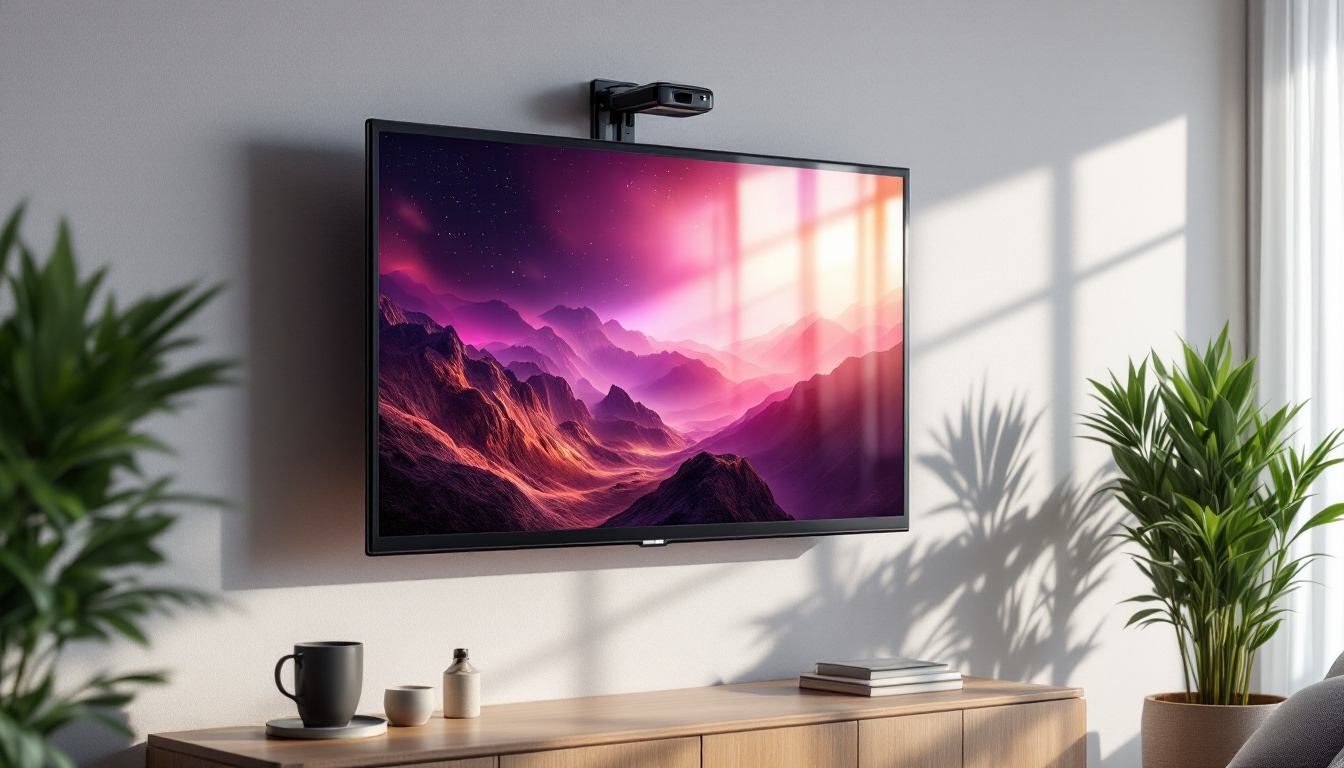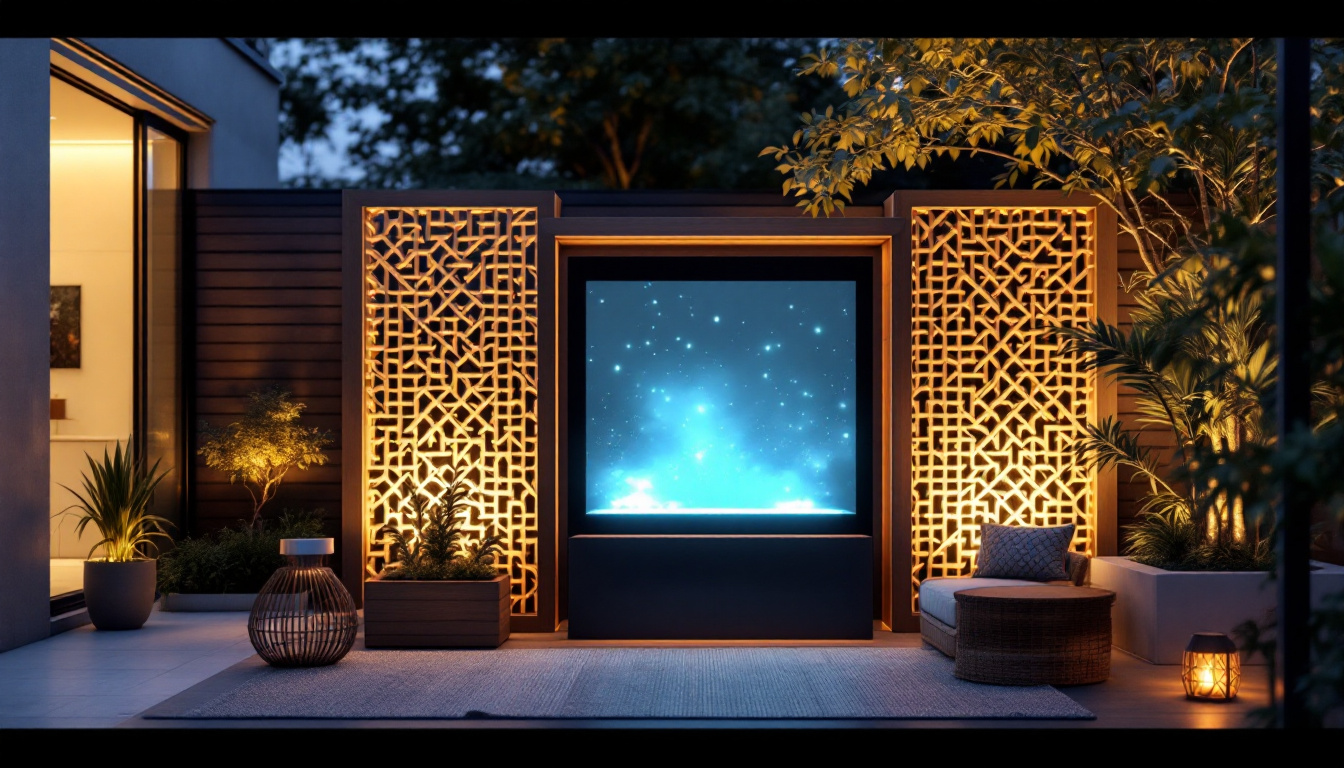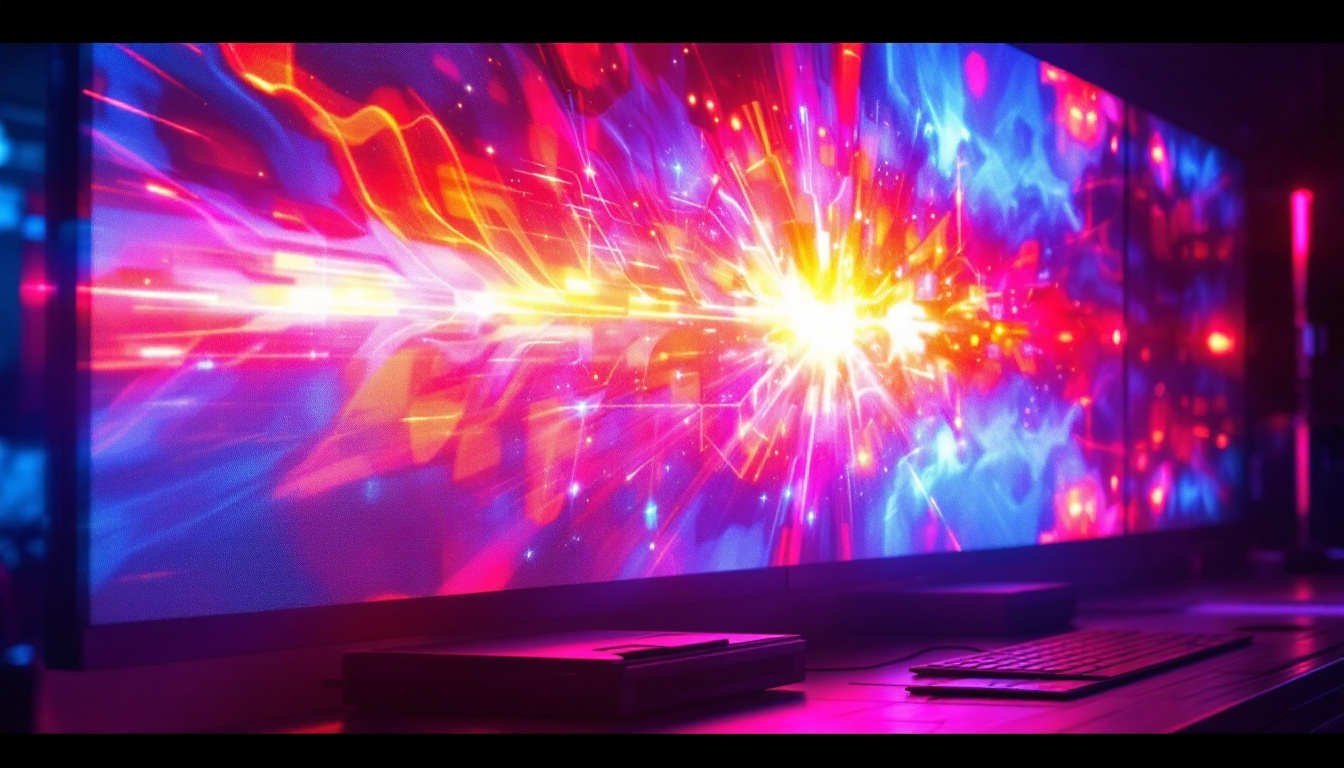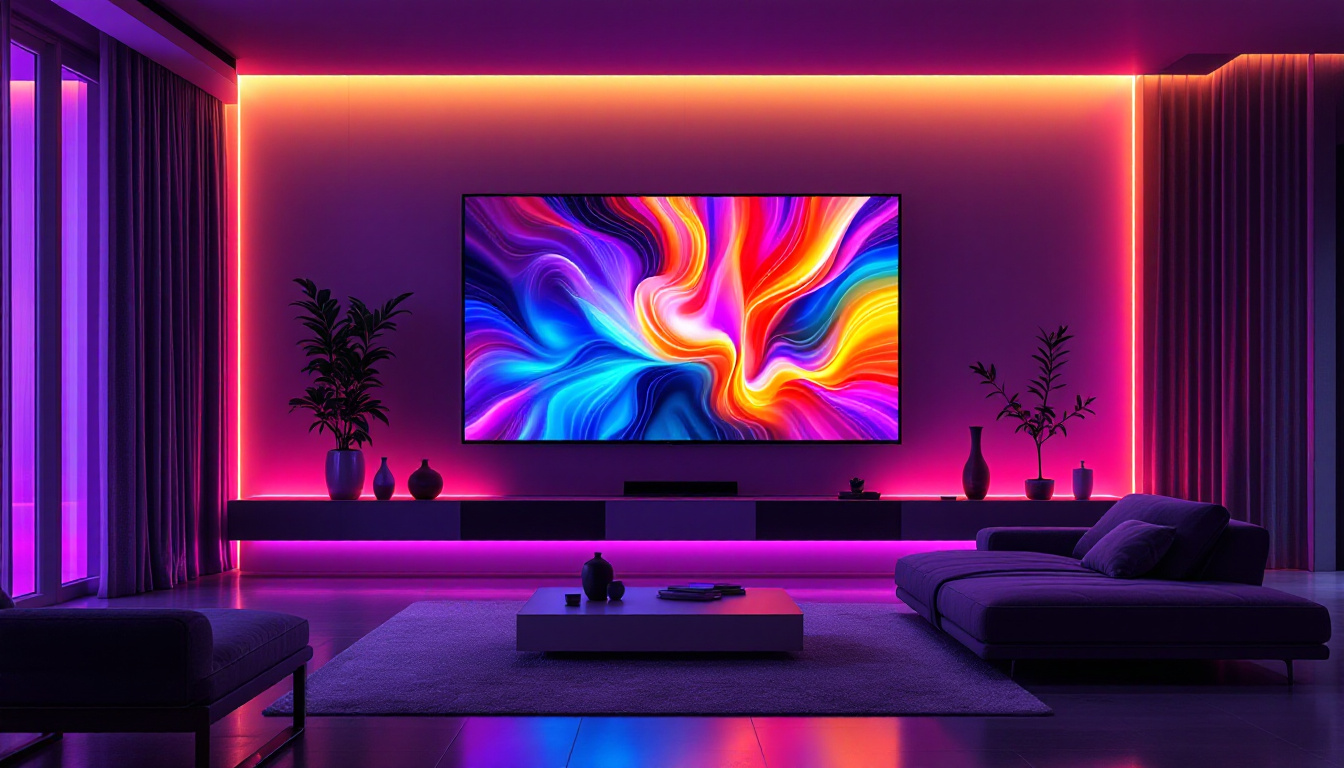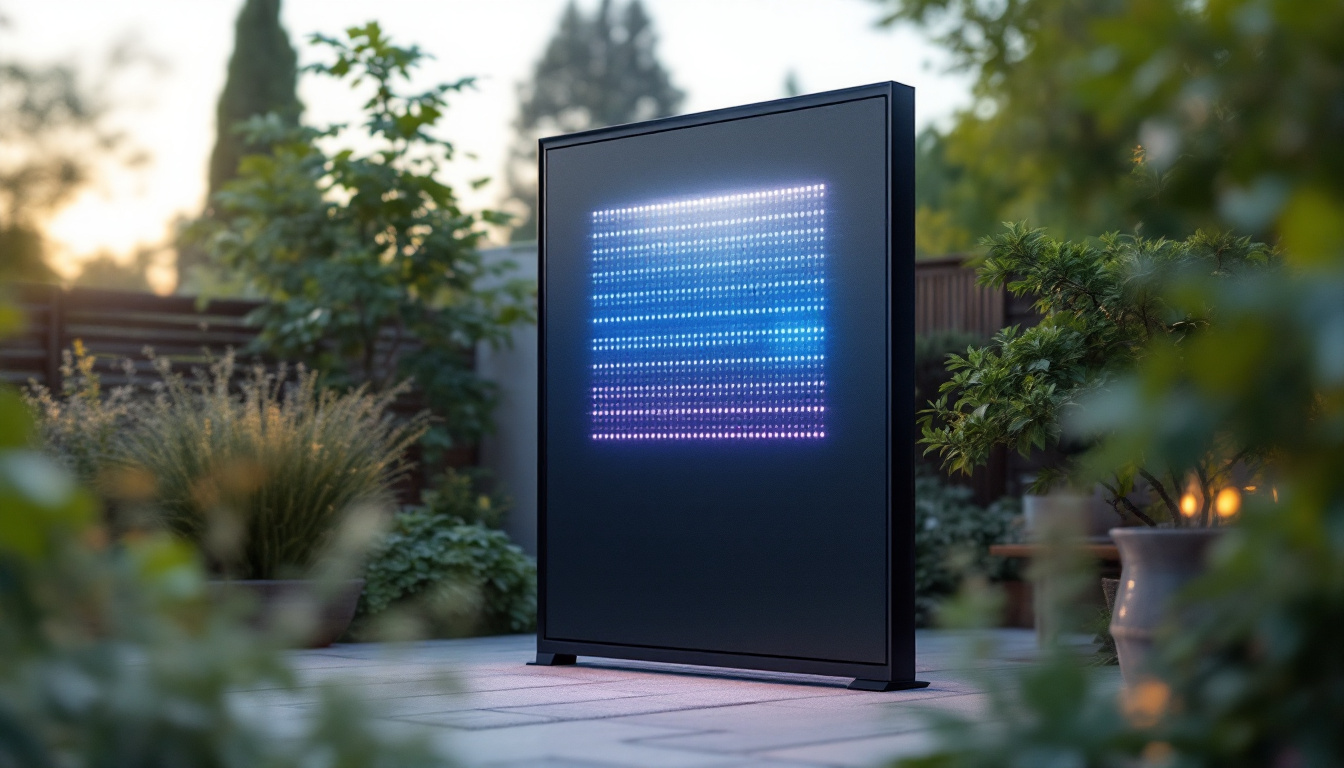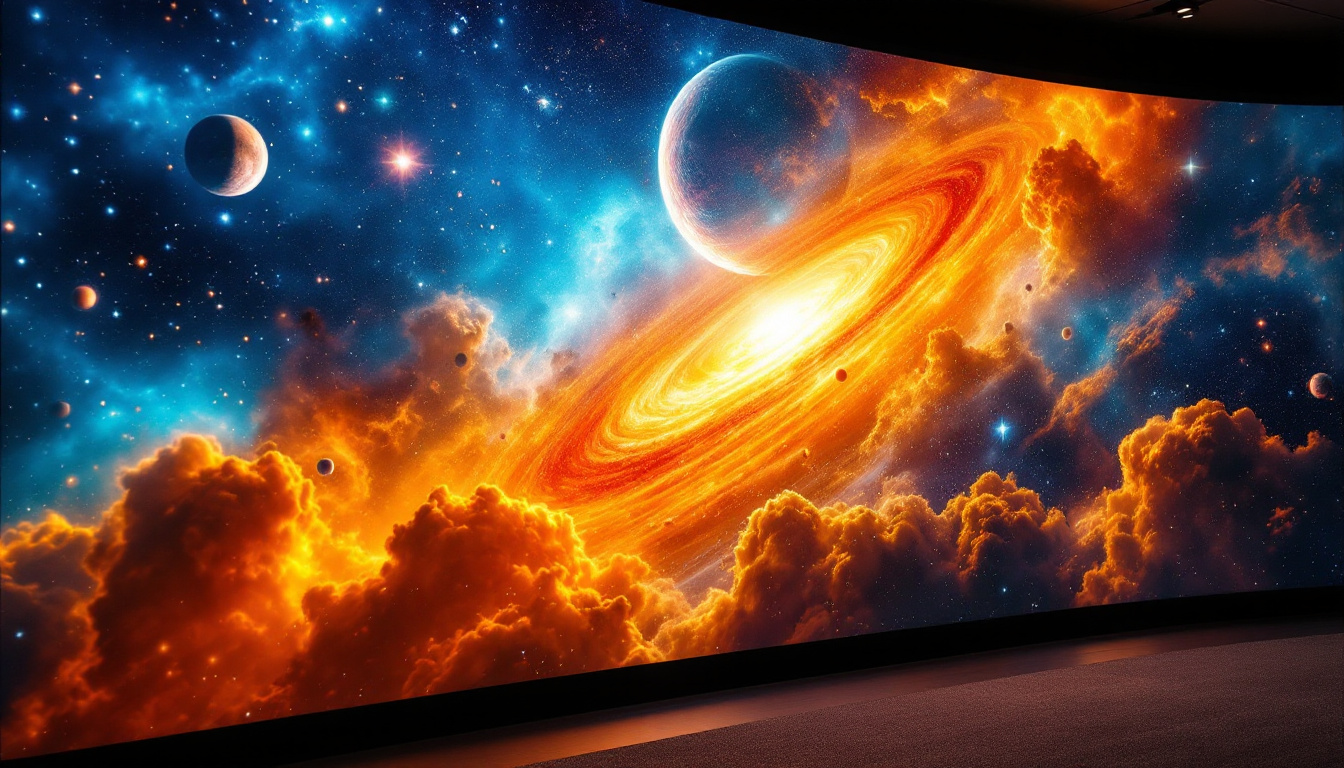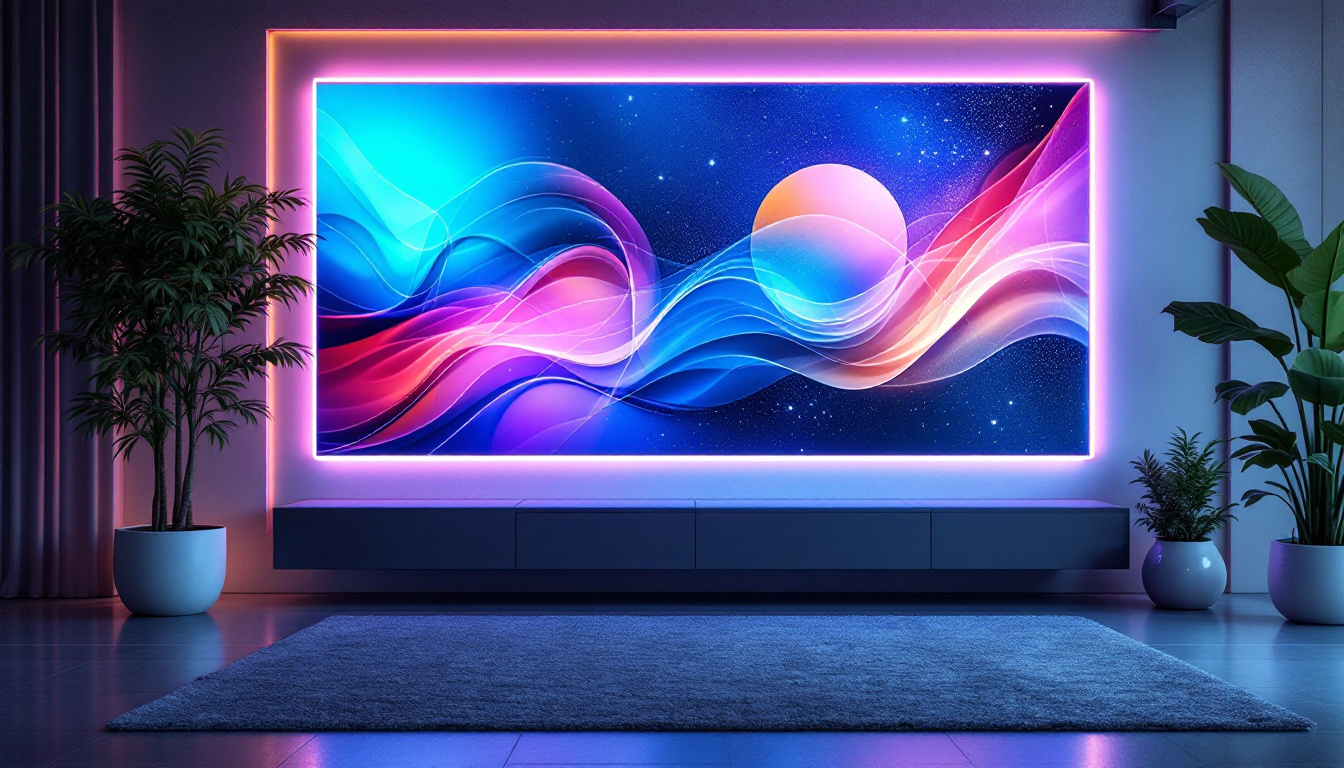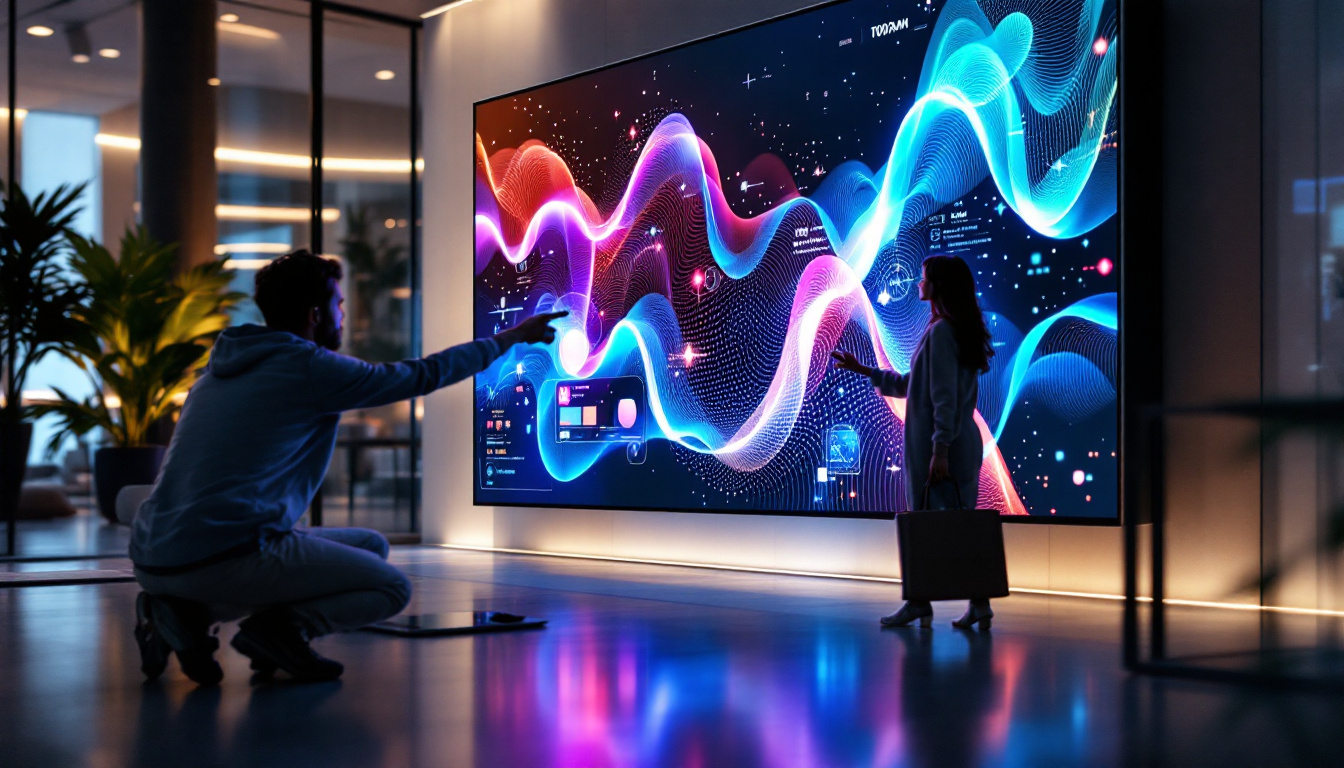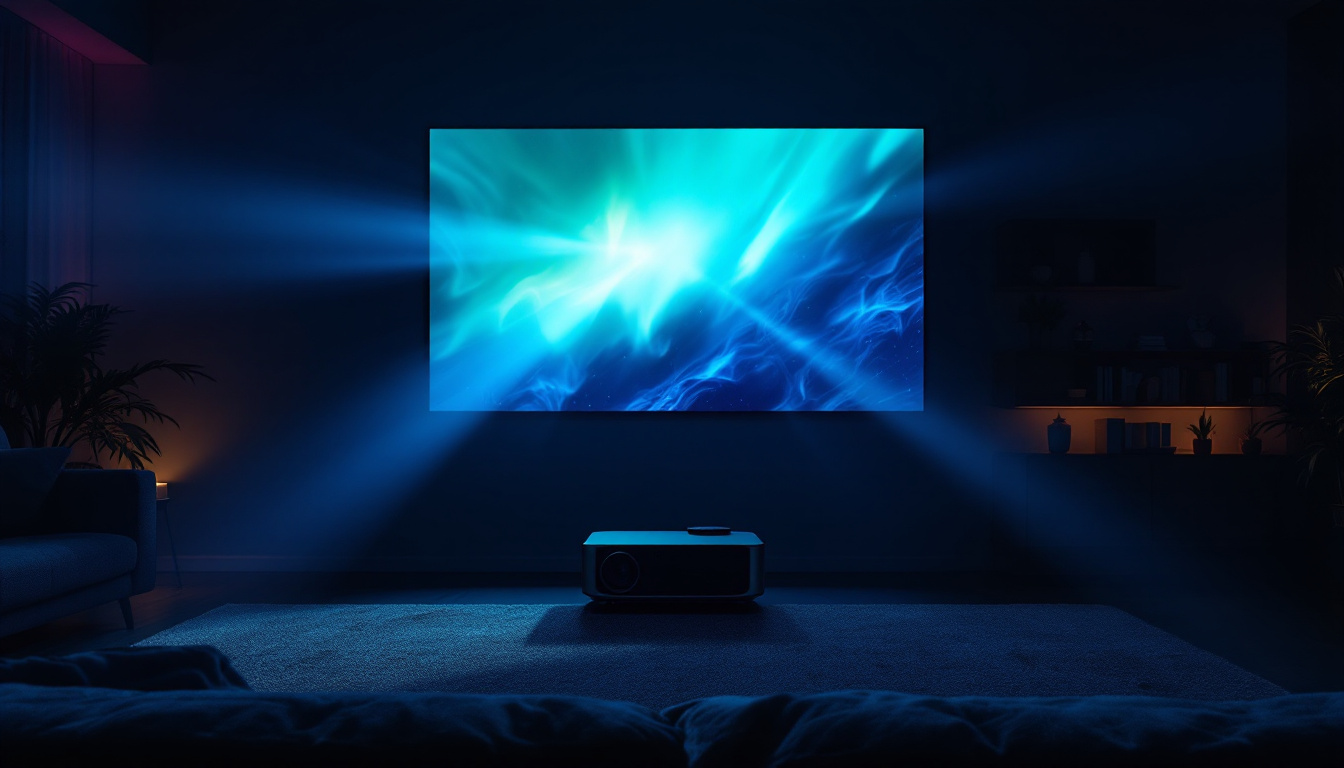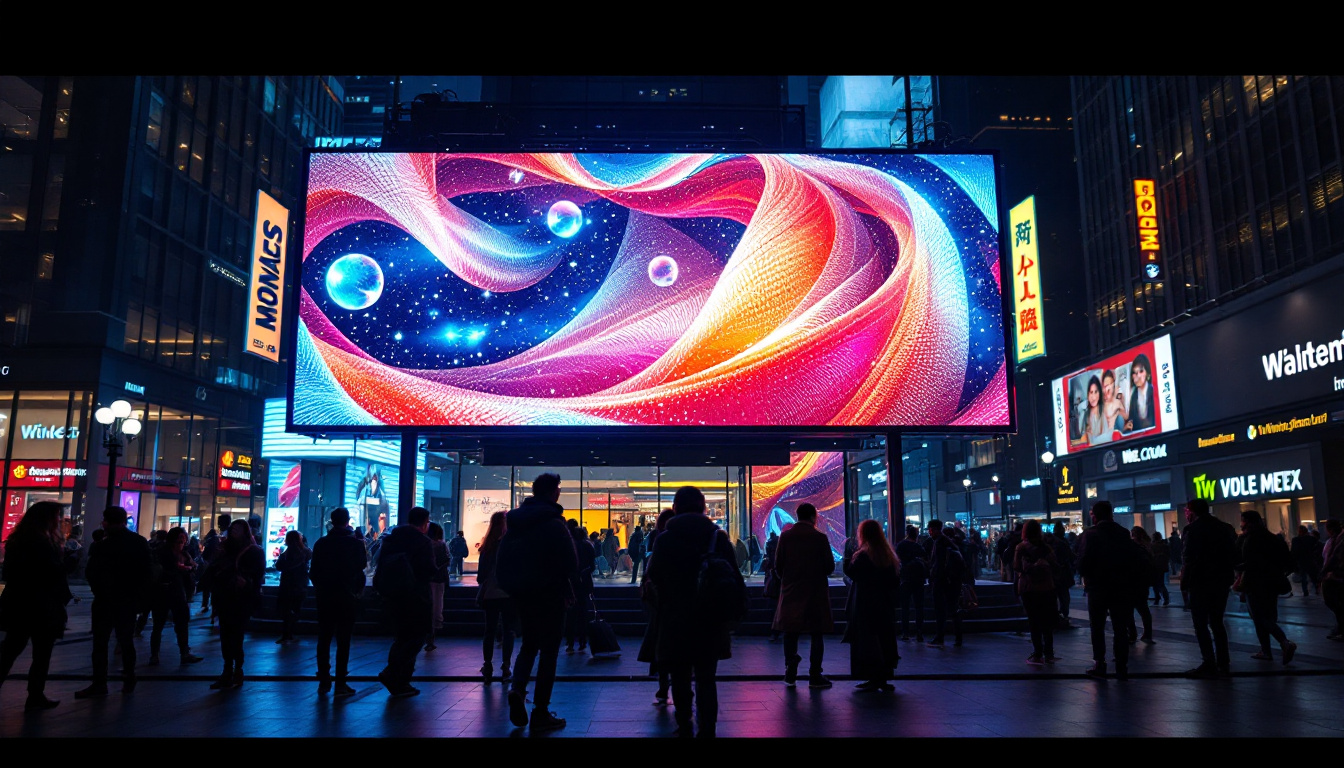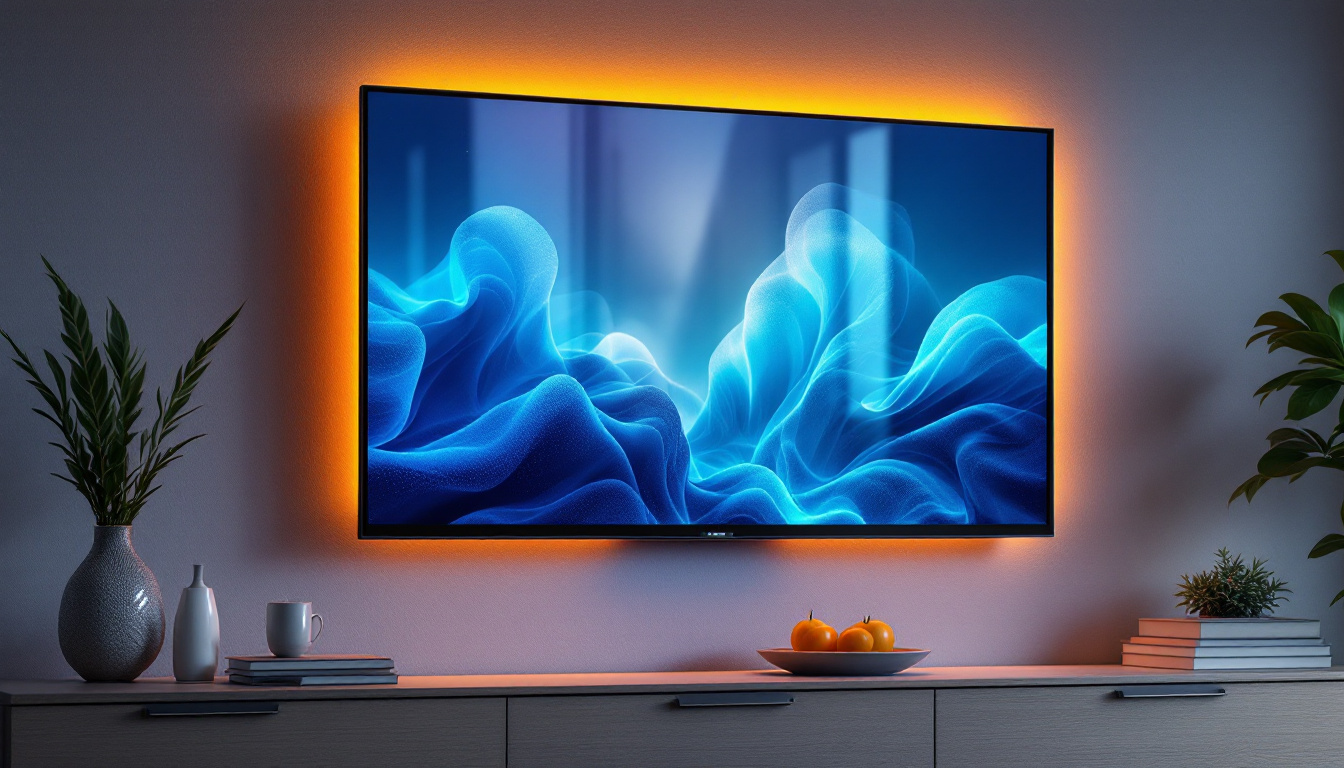In the realm of modern television technology, LED TV panels have emerged as a dominant force, captivating audiences with their vibrant displays and energy efficiency. Understanding how these panels work and what sets them apart from traditional display technologies is essential for consumers looking to make informed choices. This article delves into the intricacies of LED displays, exploring their components, advantages, and the various types available in the market today.
Understanding LED Technology
Light Emitting Diode (LED) technology has revolutionized the way images are displayed on screens. Unlike traditional LCDs that rely on fluorescent backlighting, LED TVs utilize an array of tiny diodes to produce light. This fundamental difference contributes to a range of benefits, including improved picture quality, enhanced color accuracy, and lower power consumption. The shift to LED technology has not only improved the viewing experience for consumers but has also paved the way for more sustainable practices in electronics manufacturing.
How LED Displays Work
At the core of LED technology is the principle of electroluminescence. When an electric current passes through a semiconductor material, it emits light. In LED TVs, these diodes are arranged in a grid or matrix format, allowing for precise control over brightness and color. This capability enables the display to produce deeper blacks and brighter whites, resulting in a more dynamic viewing experience. Furthermore, advancements in LED technology have led to the development of Quantum Dot displays, which enhance color performance even further by utilizing nanometer-sized semiconductor particles that emit specific colors when illuminated.
LED displays can be categorized into two main types: edge-lit and backlit. Edge-lit LED TVs have diodes positioned along the edges of the screen, which light up the display from the sides. This design allows for thinner panels but may result in less uniform brightness. In contrast, backlit LED TVs feature diodes placed directly behind the screen, providing more consistent illumination and superior contrast ratios. Additionally, some high-end models incorporate local dimming technology, which allows specific zones of the backlight to be dimmed or brightened independently, enhancing the overall contrast and depth of the image.
Key Components of LED Panels
To fully appreciate LED technology, it is essential to understand its key components. The primary elements include:
- LED Backlight: The source of illumination, which can be either edge-lit or full-array.
- Liquid Crystal Display (LCD) Layer: This layer modulates the light emitted by the backlight to create images.
- Color Filters: These filters enhance color reproduction, allowing the display to produce a wider range of hues.
- Anti-Glare Coating: This coating reduces reflections, improving visibility in bright environments.
Each of these components plays a crucial role in delivering the stunning visuals that LED TVs are known for. The synergy between the backlight and the LCD layer is particularly important, as it determines the overall brightness and clarity of the images displayed. Moreover, the integration of advanced technologies such as HDR (High Dynamic Range) further amplifies the capabilities of LED panels by allowing for a greater range of contrast and color depth. This means that viewers can experience more lifelike images, with details preserved in both the darkest shadows and the brightest highlights, making the viewing experience truly immersive.
Advantages of LED TVs
The popularity of LED TVs can be attributed to a multitude of advantages they offer over traditional display technologies. Understanding these benefits can help consumers make better purchasing decisions.
Superior Picture Quality
One of the most significant advantages of LED TVs is their superior picture quality. The ability to achieve higher brightness levels and deeper blacks creates a more immersive viewing experience. This enhanced contrast ratio allows viewers to appreciate the finer details in dark scenes, making movies and shows more engaging.
Furthermore, LED technology supports a wide color gamut, meaning it can reproduce a broader spectrum of colors. This capability results in more lifelike images, making it easier for viewers to connect emotionally with the content they are watching.
Energy Efficiency
Another compelling reason to choose LED TVs is their energy efficiency. Compared to traditional LCD and plasma displays, LED panels consume significantly less power. This reduction in energy usage not only translates to lower electricity bills but also contributes to a smaller carbon footprint, making LED TVs a more environmentally friendly option.
Many manufacturers have also introduced energy-saving features, such as automatic brightness adjustment, which further enhances the efficiency of LED displays. This focus on sustainability is becoming increasingly important to consumers, who are more aware of their environmental impact than ever before.
Thin and Lightweight Design
LED TVs are typically thinner and lighter than their predecessors, making them easier to mount on walls or place in various settings. This sleek design not only enhances the aesthetic appeal of a room but also provides flexibility in terms of placement. Whether in a living room, bedroom, or office, LED TVs can seamlessly integrate into any environment.
The lightweight nature of LED panels also simplifies transportation and installation, allowing consumers to easily move their devices as needed. This convenience is particularly beneficial for those who frequently rearrange their living spaces or relocate.
Types of LED TVs
As the technology has evolved, several types of LED TVs have emerged, each catering to different viewing preferences and needs. Understanding these variations can help consumers choose the right model for their specific requirements.
Edge-Lit LED TVs
Edge-lit LED TVs are designed with light-emitting diodes positioned along the edges of the screen. This configuration allows for a thinner profile, making these models particularly appealing for wall mounting. However, the edge-lit design can sometimes result in uneven brightness, especially in larger screens.
Despite this potential drawback, edge-lit LED TVs are often more affordable than their full-array counterparts. They are an excellent choice for consumers seeking a budget-friendly option without sacrificing too much on picture quality.
Full-Array LED TVs
Full-array LED TVs feature a grid of diodes placed directly behind the screen, providing more uniform illumination. This design allows for better contrast and deeper blacks, making it ideal for watching movies in dark environments. Additionally, many full-array models come equipped with local dimming technology, which further enhances picture quality by adjusting the brightness of specific areas of the screen.
While full-array LED TVs tend to be more expensive than edge-lit models, the superior performance often justifies the higher price tag, particularly for avid movie watchers and gamers.
OLED vs. LED: A Brief Comparison
While LED technology has its advantages, it is essential to consider other display technologies, such as OLED (Organic Light Emitting Diode). OLED panels offer several benefits, including perfect black levels, wider viewing angles, and faster response times. Each pixel in an OLED display emits its own light, allowing for true blacks and vibrant colors.
However, OLED TVs can be more expensive and may be susceptible to burn-in, where static images can leave a permanent mark on the screen. For consumers prioritizing picture quality above all else, OLED may be the preferred choice. Conversely, those seeking a balance of performance and affordability may find LED TVs to be the better option.
Choosing the Right LED TV
When it comes to selecting the perfect LED TV, several factors should be taken into consideration. Understanding these elements can help consumers make an informed decision that aligns with their viewing habits and preferences.
Screen Size
The size of the TV is one of the most critical factors to consider. A larger screen can enhance the viewing experience, especially for movies and sports. However, it is essential to ensure that the TV fits well within the intended space and that the viewing distance is appropriate. As a general rule, the optimal viewing distance is about 1.5 to 2.5 times the diagonal screen size.
For smaller rooms, a 32 to 50-inch TV may be sufficient, while larger spaces may benefit from screens measuring 55 inches or more. It’s crucial to strike a balance between screen size and room dimensions to create an enjoyable viewing experience.
Resolution
Resolution is another vital consideration when choosing an LED TV. Higher resolutions translate to sharper images and more detail. Currently, 4K Ultra HD (UHD) is the standard for most new TVs, offering four times the resolution of Full HD (1080p). For those looking to future-proof their purchase, a 4K TV is highly recommended, as more content is becoming available in this format.
Additionally, some models are beginning to support 8K resolution, which offers even greater detail. However, consumers should weigh the availability of 8K content against the higher price point of these models.
Smart Features
With the rise of streaming services, smart features have become an essential aspect of modern TVs. Many LED TVs now come equipped with built-in streaming apps, voice control, and compatibility with smart home devices. This functionality allows users to access their favorite content easily and enhances the overall viewing experience.
When selecting a smart TV, consider the operating system and available apps. Popular platforms such as Android TV, Roku, and Tizen offer different user experiences and app selections, so choosing one that aligns with personal preferences is crucial.
Conclusion
LED TV panels have transformed the way audiences experience visual content, offering superior picture quality, energy efficiency, and sleek designs. Understanding the technology behind LED displays, the various types available, and the factors to consider when purchasing can empower consumers to make informed decisions.
As technology continues to evolve, LED TVs remain a popular choice among consumers, striking a balance between performance and affordability. Whether for binge-watching the latest series, enjoying a movie night, or gaming, LED TVs provide an immersive experience that enhances entertainment in any setting.
In a world where technology is constantly advancing, LED TVs stand out as a reliable and versatile option for both casual viewers and dedicated enthusiasts alike. With the right knowledge, consumers can confidently navigate the market and choose an LED TV that meets their unique needs and preferences.
Discover LumenMatrix’s Innovative LED Displays
Ready to elevate your visual experience with the latest in LED technology? Look no further than LumenMatrix, a pioneer in crafting LED display modules that bring your content to life. Whether you’re in need of an Indoor LED Wall Display for your business, an Outdoor LED Wall Display for events, or any of our specialized solutions like Vehicle LED Displays and LED Sports Displays, LumenMatrix has you covered. Our mission is to transform your visual communication with displays that not only engage but also leave a lasting impression. Check out LumenMatrix LED Display Solutions today and witness how we can illuminate your world with clarity and impact.





